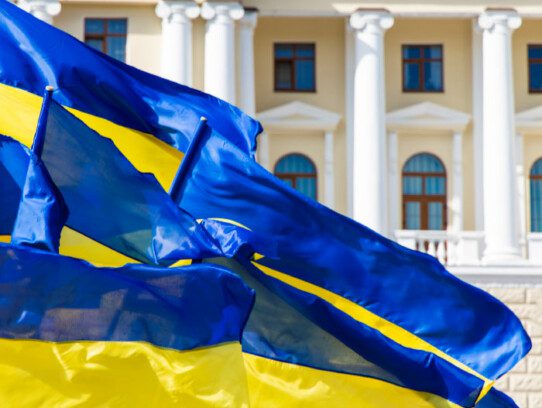Weekly round up
After a sharp fall on Monday due to the Ukrainian crisis, UK markets regained some ground, however, they are still set for a weekly loss, with the FTSE 100 Index falling 0.31% to trade at 7,550 points at the time of writing.
Retail sales in the UK increased 1.9% month on month in January 2022, rebounding from an upwardly revised 4% fall in December and beating market forecasts of a 1% rise, as the impact of the Omicron variant began to fade. This was the biggest increase since April 2021, prompted by non-food stores sales increasing 3.4%, namely household goods, garden centres, lighting and electrical goods.
Sales of auto fuel increased 4.1% after falling in December when increased home working and lower retail footfall reduced travel. Nevertheless, food store sales fell 2.3% and were below pre-coronavirus levels for the first time. The latest data from the Bank of England showed UK annual inflation unexpectedly accelerated to 5.5% in January, the highest rate since March 1992 and above market expectations of 5.4%. Inflation is forecast to peak at around 7.25% in April, well above the 2% target, when energy bills and taxes are due to increase.
In the commodity markets, Brent crude futures extended losses to around $92.5 per barrel on Friday and are headed for their first weekly decline since early December as the prospect of Iranian oil returning to the market outweighed fears of possible supply disruptions from a Russia-Ukraine conflict.
A deal to revive the 2015 Iran nuclear deal is taking shape, with a draft accord outlining a sequence of steps that would eventually lead to granting waivers on oil sanctions, and bring approximately 1 million barrels of oil a day back into the market. Gold peaked at a 36 week high of $1,902.5 an ounce in early trading, as mounting tensions between Russia and the West over Ukraine lifted bullion’s safe-haven appeal, before falling back to approximately $1,890.
US equity futures rose on Friday after US secretary of state Antony Blinken agreed to meet with Russian foreign minister Sergei Lavrov next week, raising hopes for a diplomatic solution to the ongoing standoff over Ukraine. In Thursday’s regular trading session, the Dow Jones Industrial Average fell 1.78%, its biggest drop since November, the S&P 500 lost 2.12% and the Nasdaq declined 2.88%.
Investors remained fearful after US President Joe Biden said that the threat of a Russian invasion of Ukraine remains high in the coming days and that Russia had not in fact pulled back troops out of Ukraine.
Meanwhile investors continued to digest prospects of the tightening Federal Reserve monetary policy as St. Louis Federal President, James Bullard warned that inflation could get out of control without rate hikes and called for a full percentage point increase by July.
The information provided in this communication is not advice or a personal recommendation, and you should not make any investment decisions on the basis of it. If you are unsure of whether an investment is right for you, please seek advice. If you choose to invest, your capital may be at risk and the value of an investment may fall as well as rise in value, so you could get back less than you originally invested.
